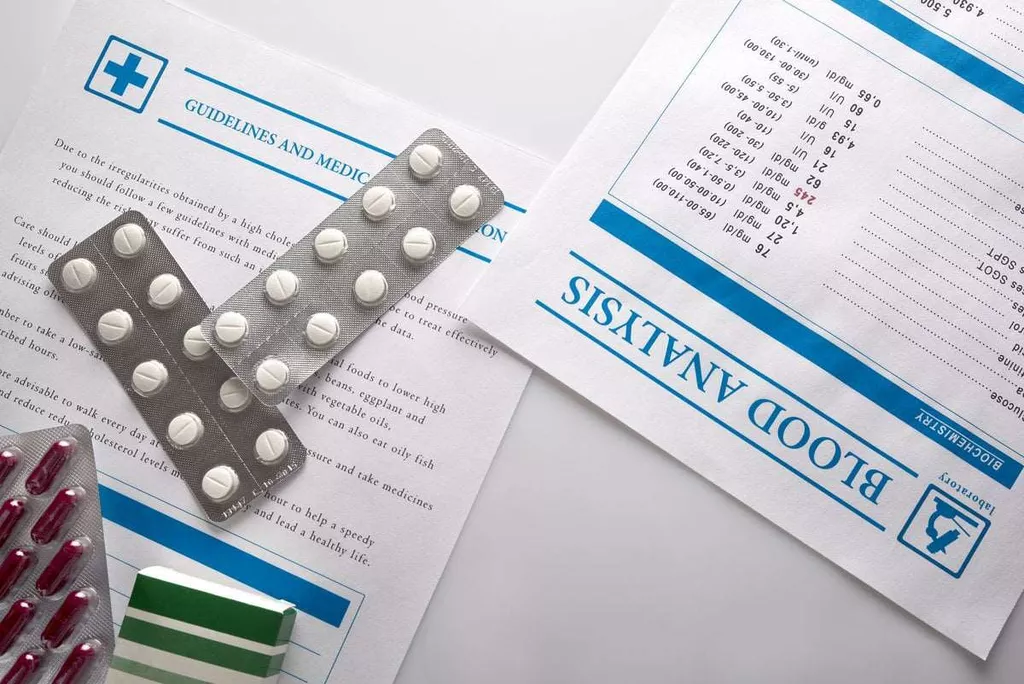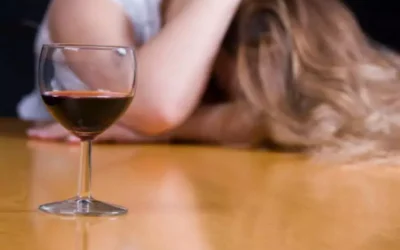These results suggest that pharmacological stabilization of the dopamine system might prove as an effective target for alleviating some of the reward driven behaviours during alcohol dependence. Together with OSU6162’s favourable side effect profile [198, 197, 199], these results render support for a larger placebo‐controlled efficacy trial in alcohol‐dependent patients to evaluate OSU6162’s effect on drinking outcomes. The atypical antipsychotic tiapride has been found to be efficacious in reducing alcohol drinking two placebo‐controlled clinical trials [158, 159]. A small study in twenty alcohol‐dependent individuals, with significant levels of anxiety or depression, showed that tiapride treatment causes a reduced alcohol intake as well as prolonged periods of abstinence [158]. In the largest of the studies [159], 100 recently abstinent alcohol‐dependent patients were randomized to 300 mg of tiapride or placebo for a 3‐month treatment period.

How Does Alcohol Impact Dopamine Levels?
2Generally, alcohol exposure for more than 1 day is considered chronic, because this time period exceeds the usual duration of a single session of drinking and intoxication. In animal experiments, however, chronic exposure periods can last several months, and humans often will drink continuously for months or years at a time. These examples demonstrate that serotonin interacts with other neurotransmitters in several ways to promote alcohol’s intoxicating and rewarding effects. Serotonin also may interact with additional neurotransmitters that have been found to contribute to alcohol’s effects on the brain. Researchers currently are trying to determine whether alcoholics with abnormal serotonin metabolite levels have specific variations in the gene that codes for the enzyme tryptophan hydroxylase, which produces serotonin from other molecules in the cells.
Alcohol Withdrawal Syndrome
The five most addictive substances on Earth – and what they do to your brain – The Conversation
The five most addictive substances on Earth – and what they do to your brain.
Posted: Wed, 02 Mar 2016 08:00:00 GMT [source]
Collectively, these data indicate that dopamine plays a central role in reward, motivation and planning. Given the relevance of dopamine in the chronic phase of alcohol use and in the development of alcohol dependence, there is considerable interest in evaluating medications that can specifically modify dopamine, alcohol and dopamine thereby serving as potential pharmacotherapies to treat alcohol dependence. Although numerous studies have attempted to clarify dopamine’s role in alcohol reinforcement by manipulating dopaminergic signal transmission, these investigations do not allow any firm conclusions (for a review, see Di Chiara 1995).
Drugs and reagents
Many people find the mental effects of alcohol consumption (e.g., euphoria) rewarding; this effect may lead to positive reinforcement and persistent alcohol-seeking behavior. The brain’s adaptive changes to the continued presence of alcohol result in feelings of discomfort and craving when alcohol consumption is abruptly reduced or discontinued. The motivation of behavior based on avoidance of discomfort is called negative reinforcement. Both positive and negative reinforcement play a role in alcoholism (Koob et al. 1994). The GABAA and NMDA receptor systems together could be responsible for a significant portion of the alcohol withdrawal syndrome.
Taken together, preclinical evidence indicates a key role for dopaminergic pathways in mediating responses to alcohol-related cues [23,24,25]. Many substances that relay signals among neurons (i.e., neurotransmitters) are affected by alcohol. Alcohol shares this property with most substances of abuse (Di Chiara and Imperato 1988), including nicotine, marijuana, heroin, and cocaine (Pontieri et al. 1995, 1996; Tanda et al. 1997).
- Parkinson’s disease and certain metabolic disorders, for instance, can deplete dopamine.
- This means we need to drink more alcohol to get the same effect, sending us down the road to dangerous drinking habits or perhaps misuse.
- Alcohol dependence is a chronic relapsing psychiatric disorder significantly contributing to the global burden of disease [1] and affects about four percent of the world’s population over the age of 15 (WHO).
- Alcohol interacts with serotonergic synaptic transmission in the brain in several ways.
Dopamine-deficient animals
On the other hand, newer dopamine agents, without complete antagonism or agonism, especially the dopamine stabilizers show promise and deserve further investigation in alcohol‐dependent patients. Bromocriptine, a dopamine agonist has been used clinically for Parkinson’s https://ecosoberhouse.com/ disease. At low doses, bromocriptine can reduce alcohol consumption in animals [171]; it is possible that low‐dose dopamine agonists preferentially augment autoreceptor function, thereby decreasing dopamine turnover and blunting the rewarding effects of alcohol.
However, a subsequent study by[61] found no role of STin2 VNTR polymorphism in AD. In the study, 165 AD patients, 113 heroin dependent patients and 420 healthy controls from a homogeneous Spanish Caucasian population were genotyped using standard methods. The study found that genotypic frequencies of STin2 VNTR polymorphism did not differ significantly across the three groups. The study concludes by stating that their data does not support a role of serotonergic polymorphisms in AD.
The physiological importance of the mesocorticolimbic dopamine system is highlighted by its evolutionary stability and conservation in primitive invertebrates, such as, flatworms, all the way up to primates, including humans. It was identified serendipitously in the 1950s when Olds and Milner found that rats self‐administer electrical currents into certain specific brain regions [9]. These findings were later corroborated by studies showing that rats favoured electrical stimulation in the same specific brain regions, over natural rewards [10]. The primary neurotransmitter regulating the rewarding sensation was determined to be dopamine [11]. Furthermore, the specific neuronal circuitries were progressively mapped with major projections from the ventral tegmental area (VTA) to the nucleus accumbens (NAc, i.e. the ventral striatum), the prefrontal cortex (PFC) and amygdala. Collectively, this network of neurons was denominated the mesocorticolimbic dopamine system [12, 13].
- I would like to acknowledge my faculty at Amity Institute of Biotechnology, Dr. Manju Pathak for her unwavering support and encouragement in writing this review paper.
- Alcohol is the first thing people go for when they are at a social gathering and are looking to have a pleasant time.
- Furthermore, the specific neuronal circuitries were progressively mapped with major projections from the ventral tegmental area (VTA) to the nucleus accumbens (NAc, i.e. the ventral striatum), the prefrontal cortex (PFC) and amygdala.
- The study concludes by stating that their data does not support a role of serotonergic polymorphisms in AD.
- FSCV measures peak concentrations that are isolated both in localization and in time.
Scientists postulate that this syndrome represents the hyperactivity of neural adaptive mechanisms no longer balanced by the inhibitory effects of alcohol (see figure). Investigators have postulated that tolerance is regulated by connections between neurons that produce multiple neurotransmitters or neuromodulators (Kalant 1993). For example, evidence indicates that vasopressin (a pituitary hormone with effects on body fluid equilibrium) plays an important role in maintaining tolerance to alcohol (Tabakoff and Hoffman 1996).
- Serotonin release in these brain regions can stimulate dopamine release, presumably by activating 5-HT3 receptors located on the endings of dopaminergic neurons (Campbell and McBride 1995; Grant 1995).
- Low dopamine levels are linked with certain health conditions like Parkinson’s disease or depression.
- Dopamine agonists boost dopamine levels or function and are used to treat Parkinson’s disease and RLS.




